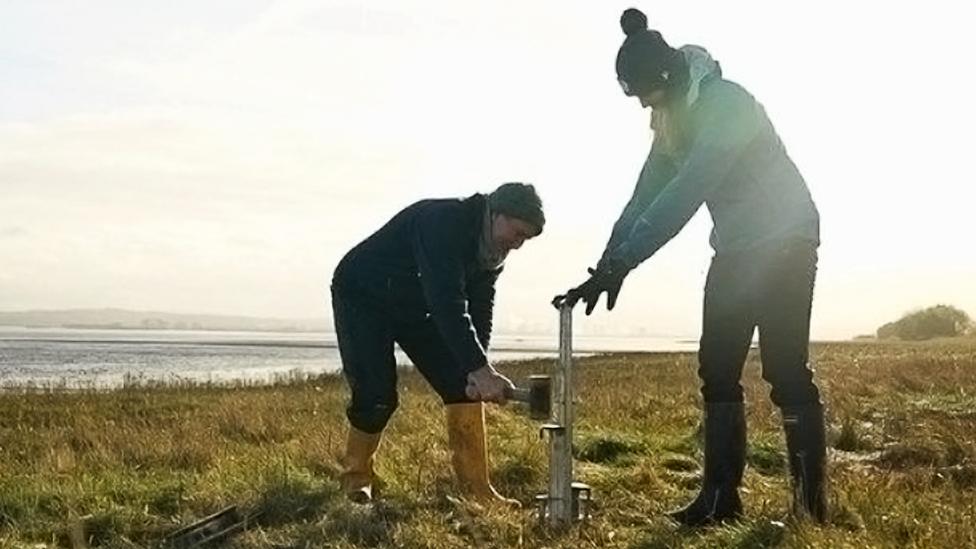Dragonflies and damselflies disappearing as wetlands are lost
- Published

Damselflies and dragonflies are dependent on wetland habitats, which are disappearing around the world
The loss of marshes, bogs and swamps is driving a rapid, global decline in dragonflies, researchers say.
Their plight has been highlighted by the International Union for the Conservation of Nature's latest Red List of Threatened Species, external, following its first comprehensive assessment of this colourful group of insects.
Wetlands loss is due to urbanisation and unsustainable agriculture, it says.
Now, 16% of dragonflies and damselflies are under threat of extinction.
"Marshes and other wetlands provide us with essential services," IUCN director general Dr Bruno Oberle said.
"They store carbon, give us clean water and food, protect us from floods, as well as offer habitats for one in 10 of the world's known species.
"But these ecosystems are disappearing three times faster than forests."
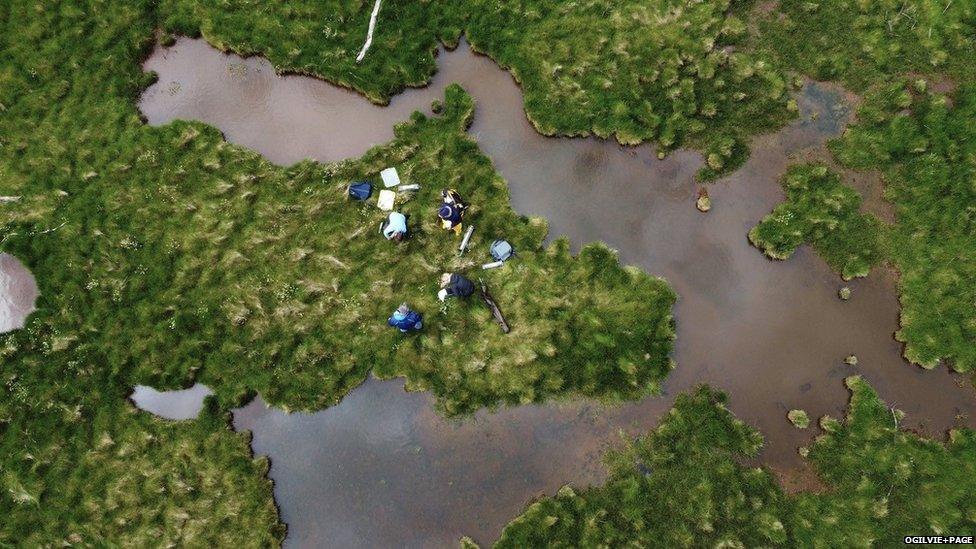
The world lost 35% of its wetlands between 1970 and 2015 - but some sites are being restored
Red-list head Craig Hilton-Taylor told BBC News the most recent scientific assessments showed the world had lost 35% of its wetlands between1970 and 2015.
"That rate of loss appears to be increasing," he said.
"And it's all because of this perception of wetlands as wastelands that need to be reclaimed, when actually they're really important.
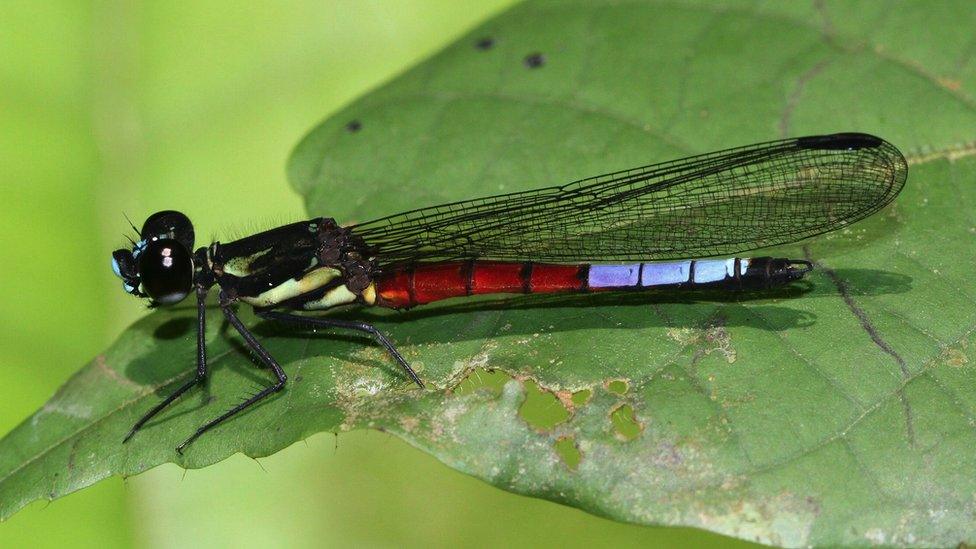
"We hope that by showcasing these beautiful insects, and highlighting that we're in danger of losing them, we can [spread the message] that we need to do more to protect the world's wetlands."
With Thursday's red-list update, the number of species officially listed as at risk of extinction now exceeds 40,000.
Another of those highlighted in this update is the semi-aquatic Pyrenean desman, a mammal found only in rivers in Andorra, France, Portugal and Spain.
This tube-nosed creature has been "up-listed" from "vulnerable" to "endangered".
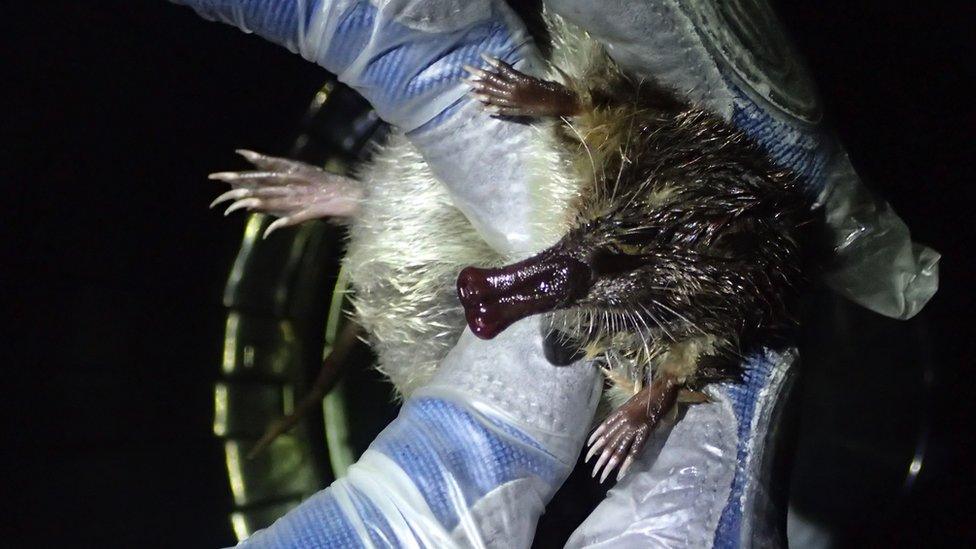
The Pyrenean desman's river habitats are being destroyed
With its long sensitive nose and large webbed feet, it is one of only two remaining desman species in the world.
The Pyrenean desman population has declined by about half since 2011, mainly because of human impacts on its river habitats, including hydropower plant, dam and reservoir construction and water extraction for agriculture.
Follow Victoria on Twitter, external.
Related topics
- Published7 September 2021
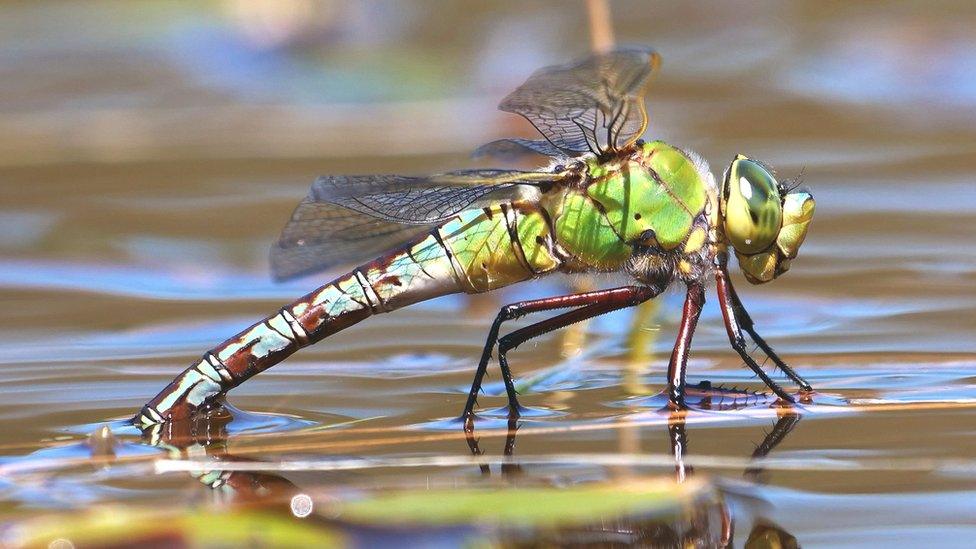
- Published11 November 2021
